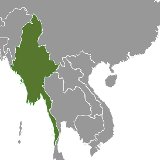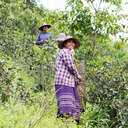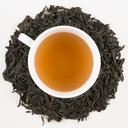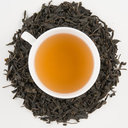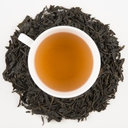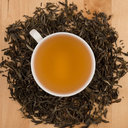Burma (Myanmar)
Wikipedia: BurmaUpdated: Apr. 16, 2014
Table of contents:
About Burma (Myanmar) | Styles of Tea Produced in Burma (Myanmar) | Best (Top-Rated) Burmese Teas
About Burma (Myanmar) | Styles of Tea Produced in Burma (Myanmar) | Best (Top-Rated) Burmese Teas
About Burma (Myanmar)
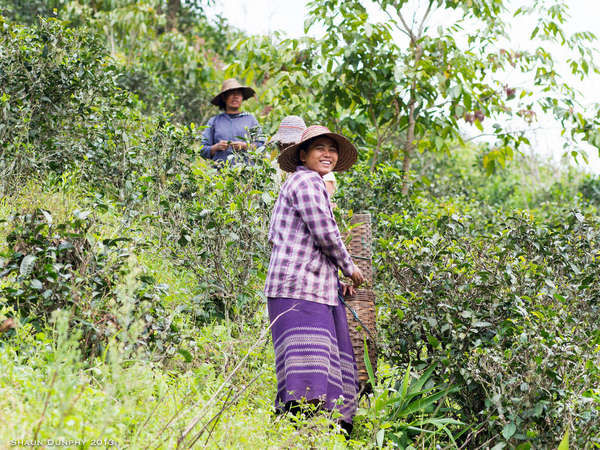 Picking Tea in the Mountains, Kalaw, Burma (Myanmar), © Shaun Dunphy, ReflectedSerendipity on Flickr, CC BY-SA 2.0.
Picking Tea in the Mountains, Kalaw, Burma (Myanmar), © Shaun Dunphy, ReflectedSerendipity on Flickr, CC BY-SA 2.0.Burma is near many important tea-producing regions, and it produces some tea, but its teas are not as well-known, and are not widely available in the West.
Tea is grown mostly in Tawngpeng district of Shan State in eastern Burma. This is very close to Yunnan province of China, and relatively near the tea producing regions of northeast India. This region uses the Assamica cultivar, a large-leaf cultivar of tea plant best-known for being grown in Assam, India.[1]
Most tea produced here is green tea and is consumed domestically; a small amount is exported to Yunnan.[1] The region also does produce black tea, and black tea consumption has been increasing.[2] Most of the production is artisanal and done by hand.[3]
Lahpet or pickled tea leaf salad
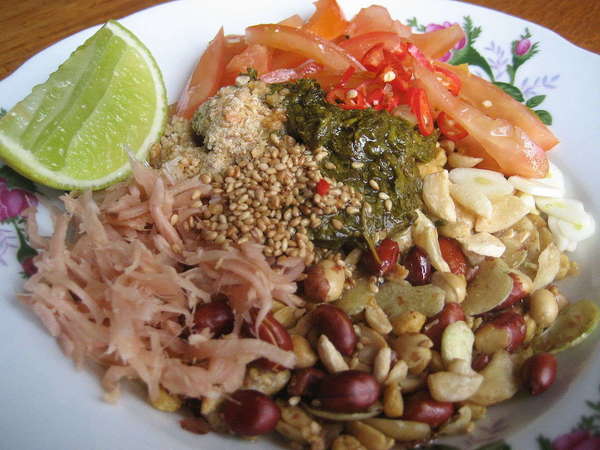 Lahpet Thohk, Burmese Pickled Tea Leaf Salad, © Wagaung, English Wikipedia, CC BY-SA 3.0.
Lahpet Thohk, Burmese Pickled Tea Leaf Salad, © Wagaung, English Wikipedia, CC BY-SA 3.0.This dish comes in many different variants, usually including sesame seeds, and often including fried peanuts or beans, cabbage, lime, tomato, ginger, dried shrimp, fried grubs or beetle larvae, and many other ingredients.
Lahpet is produced commercially and often sold as a packaged product.
The dish is also important in many ceremonies in the country.
Climate and geography
The south of Burma is located in the tropics, and has a fully tropical climate. The northern areas and higher altitudes have a subtropical climate, moving to alpine and tundra at the highest altitudes, which extend to above 19,000 feet in height.The entire country has a strongly seasonal precipitation pattern, following the pattern of the Asian monsoon. Most of the country has a high total annual rainfall, but there is a dry zone in the middle of the country.
References
1. Origins of Burmese Tea, Larsen and Thompson, Retrieved Mar. 24, 2014.
2. Legend of Myanmar Tea, Nagar Pyan Tea, Retrieved Mar. 24, 2014.
3. Artisanal Production, Discovering Tea, Jan. 29, 2013.
Styles of Tea Produced in Burma (Myanmar)
This is a selection, not an exhaustive listing, of the styles of tea most commonly produced in Burma (Myanmar).
Best Burmese Teas
The notion of the "best" Burmese teas is subjective, because different people have different tastes. We present the most often-rated and highest-rated teas produced in Burma (Myanmar), and allow you to draw your own conclusions.
Most Often-Rated Teas
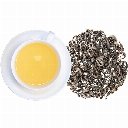
Myanmar Green Pindaya (No. 596)
| Brand: | TeaGschwendner |
| Style: | Green Tea |
| Caffeine: | Caffeinated |
| Leaf: | Loose |
1 Rating


